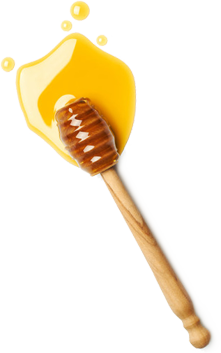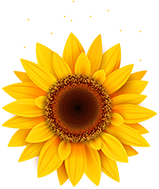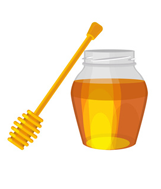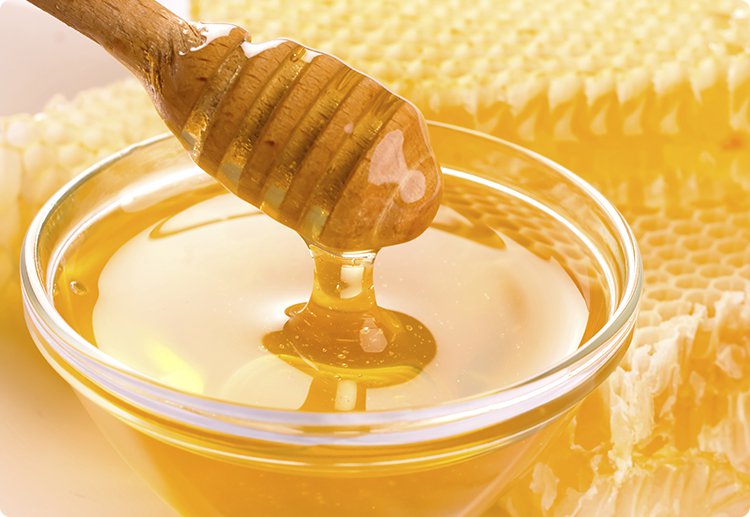Making honey is a complex and unique process which only can be made by Bees.
Honey has a very complex chemical composition that varies depending on the botanical source. It has been used both, as food and medicine since ancient times. Human use of honey is traced to some 8000 years ago as depicted by Stone age paintings. In addition to the important role of natural raw honey in traditional medicine, in the past few decades, it was subjected to many laboratory and clinical investigations by several research groups, and it has found a place in modern medicine. Honey, has been reported to, have an inhibitory effect on around 60 species of bacteria and some species of fungi and viruses.


01. Flowers produce nectar and attract bees
Australia has 4 seasons with 4 different floral sources for the bees. Our honey produce is different every season based on the flora the bee’s forages on. The flower from which the bees sip the nectar will give the honey its character-its distinctive colour, characteristic, aroma, unique flavour, density and granulating tendency.

02. Bees sips the nectar and carries it back to the hive
Upon arriving back to the hive, the nectar is transferred from 1 worker bee to another. To make 1 kilo of honey, the bees will need to make approximately 150,000 flights, fly between 150,000km to 450,000km and visit more than a million flowers.

03. Bees Ripen the Honey
The nectar must be changed to Honey. The water content of nectar is about 70-80% and if left, it would ferment. As the bees handle the nectar, they add enzymes. These enzymes splits the complex sugar into simple sugar. Typical hive temperature is about 33-35 °C. Fanning of the bee wings evaporates the water until it s lowered below 20%.This is now Honey and the bees shall cap the cell with a thin layer of bee wax for future needs.

04. Harvest Honey and Packaging
Honey box is inspected for ripe honey. Once the honey box is filled with ripe honey, 50% of the honey is taken out. The honey frames are uncapped using a pricking device and spun in a centrifuge spinner to extract honey out of the frames. The honey extracted is then bottled in BPA free food grade PET bottles.
Australia can now proudly call itself home to one of the healthiest populations of European honeybees in the world.





